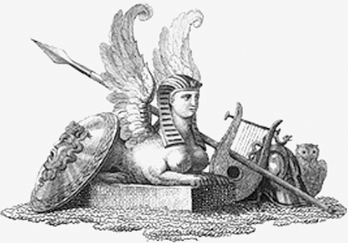
Special Project of The Fourth Congress “Global, International and National in the History of Art”
Interview with Hans Belting
Congress Committee:
We are interested in the interrelation of the national and international schools in art history nowadays. We would like to ask what is the specifics of this interrelation today, if we compare it with what was going on 30, 40 years ago?
Hans Belting:
National art in my view was an idea of the 19th century. It grew up together with the national state, sometimes preceding it. One used to talk of the French school, the German school, the Dutch school. The idea was already outdated when the question was taken up in the 20th century. In Germany, it had an antimodernist flavour and was a defense against international art.
In Russia there had been no national school and one defended the Russian icon against Western painting. But in the early 20th century the biggest collections of French modern art were in Russia. In high modernism, Russian artists like Kandinsky and Chagall made their career in Paris, then the capital of international art. In late modernism, the Russian artists Ilya Kabakov and Komar and Melamid became international stars in New York, now the capital of international art.
CC:
What are the new trends and tendencies, we can speak about today?
HB:
Modernism was based on the relation of center and periphery. This is no longer the case in ‘global art’, a new term. For the first time, this term was used in the journal ‘Art in America’ in July 1989. The issue was entitled ‘The Global Issue’. It included a critical review of an exhibition in Paris at Centre George Pompidou which had been curated by Jean-Hubert Martin and had the title ‘Magiciens de la terre’. Here 50 western and 50 non-western artists were exhibited side by side. This caused a great scandal at the time. But from now on the term global was introduced in order to represent the newcomers of the art scene who reacted against the fortress of western so-called universalism which was indeed not universal at all. In 2011 I organized together with Andrea Buddensieg and Peter Weibel at Karlsruhe ZKM the exhibition ‘The Global Contemporary and the Rise of New Art Worlds’ whose catalog appeared at MIT Press in 2013. Nowadays the situation has again changed. The global situation has become common and denotes the meeting of the global and the local art scenes.
CC:
So you think that we can`t use the term ‘global’ any longer? Or has this term been compromised?
HB:
I don’t think that this is a meaningful question. We can use it, but what is the meaning of it? It has no longer the meaning which it used to have when it was a new trend 30 years ago. Then it meant the participance of artists from all over the world and the rival against the prerogative of the western art scene.
CC:
How would you describe the situation now? How can we characterize it, with what terms, what trends? Do you see anything unifying these different artists, some general basic ideas or concepts? Or there is nothing of this kind now?
HB:
I ask myself whether there is still a unifying art definition for artists to follow. More art is produced than ever but what is the concept behind? The biennial is also the phenomenon coming with global art. You only have to consider that there were very few biennials before 1990 and today we have more than 200 biennials all over the world. The biennial means new local art plus traveling international art and a traveling audience.
CC:
Do you consider it as a new way of combining local and international trends?
HB:
Yes. Traveling exhibitions, traveling artists, traveling art lovers, traveling ar, traveling curators and traveling art critics.
CC:
What could you say about local art historical trends? Can we speak about local scholar trends, local methodologies, local approaches? Local art historical schools?
HB:
I would rather expect you to answer such questions in Russia. My contacts with Russian colleagues were interrupted a long time ago. I knew such phenomenal art historians like Victor Lazarev and Igor Grabar, who were emigrés, for example. And they were not concerned with modern art.
CC:
Are there any absolutely new trends which you see as perspectives, as promising trends, or perhaps you have some fears about what is going on now with history of art or visual studies?
HB:
As you might know, I published almost 40 years ago a booklet with the provoking title: “The End of the History of Art?”. This caused a great discussion in the field even in China. What I meant was whether we have to continue the traditional way of looking at art or to re-open the case. My own answer was given in the book “Art History after Modernism” which was published by Chicago University Press in 2002.



